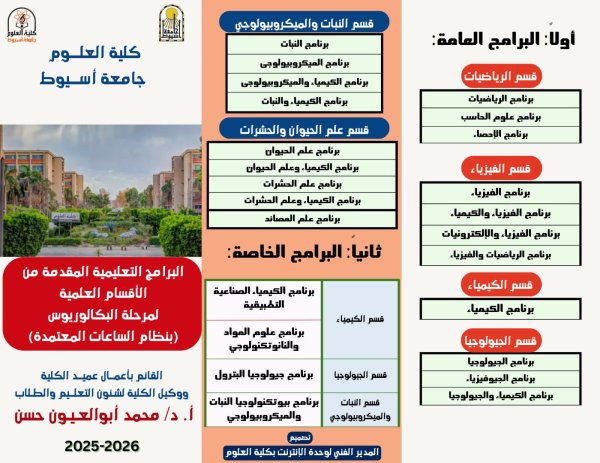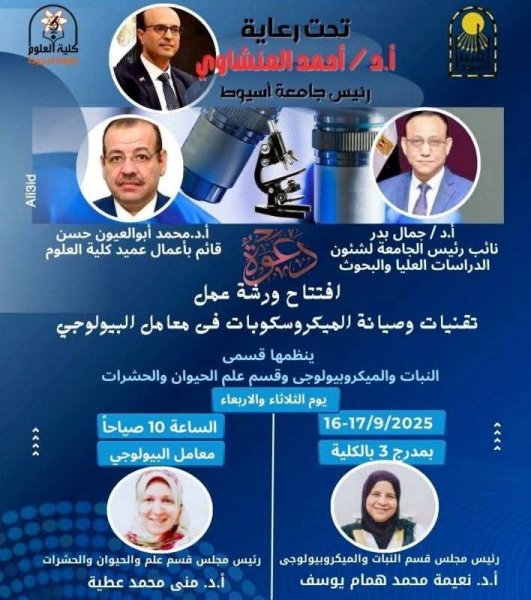Organic richness and thermal maturation of the F and G members of the Abu Roash Formation in Central Beni Suef Basin, Western Desert, Egypt: Integrated organic geochemical and geophysical approaches
Beni Suef Basin has a promising prospect for hydrocarbon
production in the Egyptian Western Desert, so it has been given
priority in exploration plans. Geochemically determined TOC data
are expensive and are usually obtained from limited samples as in the
Beni Suef Basin. Thus, geophysical methods will be used to provide
a cost effective continuum of organic richness and maturation data of
the latest Cenomanian "G" and the Turonian "F" members of the Abu
Roash Formation in the Azhar E-2X well. An attempt was made to
differentiate between total organic carbon (TOC) content of kerogen
in potential source intervals and TOC content in hydrocarbon bearing
reservoir intervals using the Δ log R technique and the gas
chromatography data (Gas wetness ratio: GWR%, Light to heavy
hydrocarbon ratio: LHR%, Oil character qualifier: OCQ). In the
source rock intervals, a good match between the geochemically
determined TOC and log-derived TOC data was found, where the
later TOC data reliably determined the organic richness.
Additionally, the geophysically estimated maturation index (MI)
values were calibrated with the geochemical Tmax data. A
continuum of MI data successfully provided a reliable assessment of
thermal maturation of source rock intervals. Conversely, in gas
bearing reservoir intervals, both the log-derived TOC and MI data
were hampered by the gas effect. Meticulous distinction between
reservoir and source intervals in unconventional source rocks having
intraformational reservoir interbeds is necessary to determine
correctly the organic richness and maturation of these source rocks.






